It’s no secret that in order to close sales, a few things need to happen. First, you have to be in front of your target audience. In other words, you have to be in communication with people who have the specific problem you help solve.
Then, you have to be in communication with them at the “right time” in their lives. In other words, they have to be actively looking to solve their specific problem when you’re communicating with them for a chance to turn that prospect into a sale. For example, you could be a relationship coach, and if your prospect was experiencing relationship problems, but not currently looking for help, then the sale would unlikely happen.
Then, your offer needs to be irresistible. An irresistible offer is a product or a service that appeals to your prospect’s emotions and logic and has superior value than what is being offered in the market. Remember, you are not the only one eagerly chasing your prospect’s business, your competitors are too. This is why one of your main jobs as a business owner is to know what is being offered to your target market, and make a better offer. Not necessarily a cheaper offer, but an offer that is of higher value. For example, should you be a life coach, you’d be most likely competing with Tony Robbins and Tony Robbins’ company offers free 30 minutes life coaching sessions. Therefore, although your style of coaching could be better and more effective, your prospects would still vet your offer against his. Your offer needs to be so irresistible, prospects feel they have no choice but to say “yes”.
Typically, irresistible offers also include guarantees. The most common and most effective guarantees are the “30-day no-questions-asked money back guarantees”.
For more information on how to increase sales using social media, click here.
Then, you also need to have proof. Stating that you can do XYZ is not enough to convince prospects to choose you over others. Prospects need to see how you’ve helped other people achieve what they want to achieve through pictures (such as before and after pictures), testimonials, screenshots, case studies, etc… Should you be at the beginning stages of your business where you haven’t collected any testimonials yet, it is important you use yourself as proof. For example, you could be a fitness trainer, and show before and after pictures of yourself. Should you be selling a course on online traffic generation, show screenshots with statistics of website visitors you’ve generated for yourself.
Then, when you offer products or services, there also needs to be a sense of urgency, also known as “scarcity”. Since most people push things to later, your offer needs to have a limit or a deadline. For example, should you be selling tickets to an event, make sure you put a limit to the number of tickets available. Alternatively, you can offer special discounts for a limited time. For example, should you be selling coaching services, you could offer 6 sessions for the price of 3 and make the discount available only for a few hours or few days. By doing so, you push prospects to act now rather than later (or never!)
Finally, in order for a sale to happen, prospects need to know you, like you and trust you. Unfortunately, you can have a lot of proof, an irresistible offer, be in front of your perfect target audience at the right time, but the prospect doesn’t know you, like you or trust you. Think about it, have you ever stopped yourself from buying something because you just didn’t like or trust who you were buying it from? In order for prospects to know you, like you and trust you, you need to offer value consistently, for free over a period of time. You can provide value through social media posts, blog posts, podcasts, newsletters, content videos, etc…
So where does social media fit in?
To become customers, your social media audience needs to travel through 3 stages.
The three stages are:
Stage 1: Awareness
The awareness stage (also known as the “top of the funnel“) is when your target audience becomes aware they have a problem that you help solve or a need or want that you can provide. For example, your target audience could be makeup artists looking to attract more clients, and you help makeup artists improve their sales and marketing strategies, Them finding out about the existence of your products and services, is called “the awareness stage”. Your target audience can become aware of you mainly through social media, blogs, press releases, websites, online videos, interviews etc…
For more information on how to increase sales using social media, click here.
Stage 2: Consideration
The consideration stage (also known as the middle of the funnel) is when your target audience is seriously evaluating whether to buy from you or not. Your audience does that by comparing you to competitor’s products and services. In order to get your target audience to move from the “awareness” stage to the “consideration stage”, is through providing education and value to them for free, in exchange for their contact details. The consideration stage, is when you’ve turned your audience into leads. In order to do so, set up lead capture pages (also known as optin pages or squeeze pages) in exchange for giving away tutorials, video content, software, tools, templates, check lists, resources, consultations, etc…
During the consideration stage, it is also critical you stay in touch regularly with your audience to remain front of mind, and to make sure they continue to “know, like and trust” you. In order to do so, sending content-based emails on a regular basis is key.
Stage 3: Conversion
The conversion stage (also known as the “bottom of the funnel”) is when your lead turns into a customer. In order to turn a lead into a customer, you will need all the elements mentioned above: An irresistible offer presented to your target audience, at the right time, backed up by proof and including an element of scarcity. The most effective ways to turn leads into customers is through sales calls, webinars, events, video case study of existing customers, explainer videos or online sales pages. Should you wish to convert sales online without having to pick up the phone or present a webinar or organise an event, we recommend putting together an online sales page. To do so, you’ll either need to have very good copywriting skills (skills in writing sales copy) or hire a good copywriter. Copywriting fees vary between $2,000 to $20,000 depending on who you hire.
At the conversion stage, the key to making more sales is through the use of follow-up emails and retargeting ads, sent to the people who did not convert into sales. In other words, visited your online sales page or attended your webinar or event but did not buy.
Social media is a fantastic tool to feed the top of your funnel, also known as the “awareness” stage, and a great tool to feed the middle of the funnel, also known as the “consideration” stage, to build further trust with your audience and to turn your audience into leads. Unfortunately, social media does not typically feed the bottom of the funnel as social media is not where people go to, to buy. Instead, it is a platform people use to learn, explore, meet people and be entertained.
I hope you’ve enjoyed this post on the 3 stages of converting social media audiences into sales. Remember to leave a comment below and subscribe to our YouTube channel to receive the latest social media tips straight to your inbox.
Infographic created by Straight North, an internet marketing service company.
About the Author
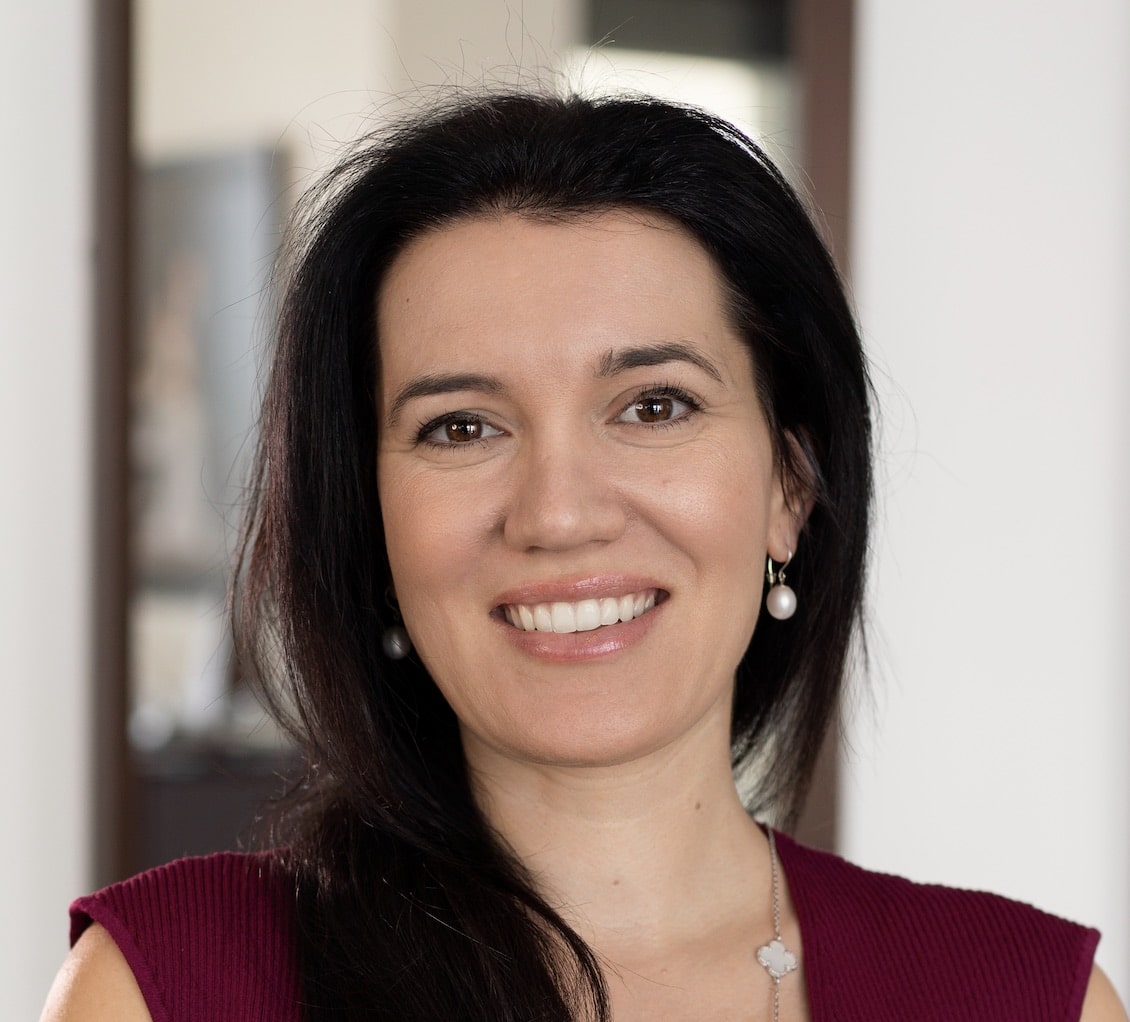
Corinna Essa is known internationally as the go-to person when it comes to social media marketing.
Corinna owns a social media marketing company helping businesses around the world leverage the power of social media without doing any of the legwork. Her company has been featured in many media outlets including Sky Business news, Working Women magazine, Ymagazine, Tasmanian Times, Channel 7 and 101fm.
Corinna is also the author of 2 bestselling books “Money On Demand – The 16 Fastest Ways to Becoming a Millionaire Online” and “Reach: The SECRETS to converting your social media audience into your network marketing downline fast”

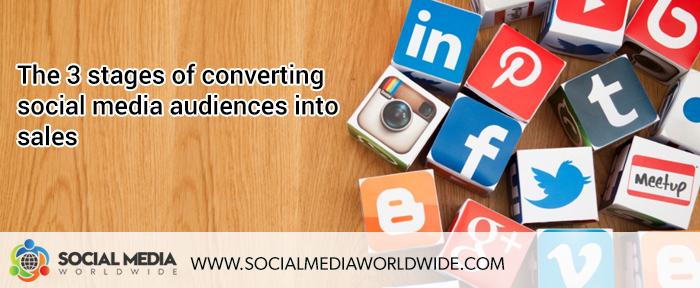
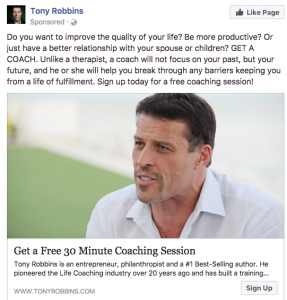
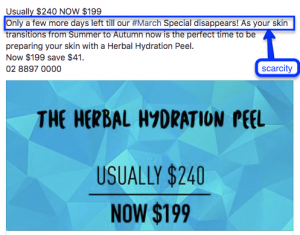
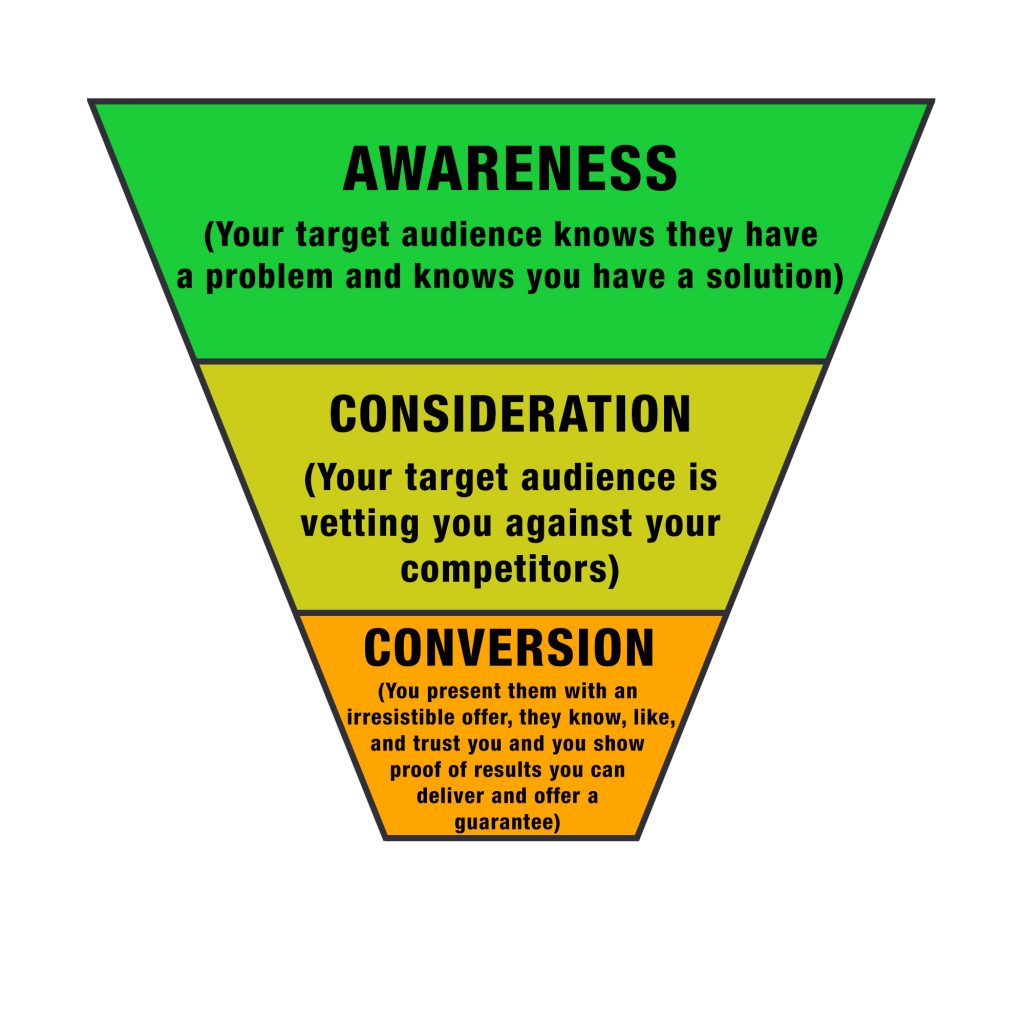
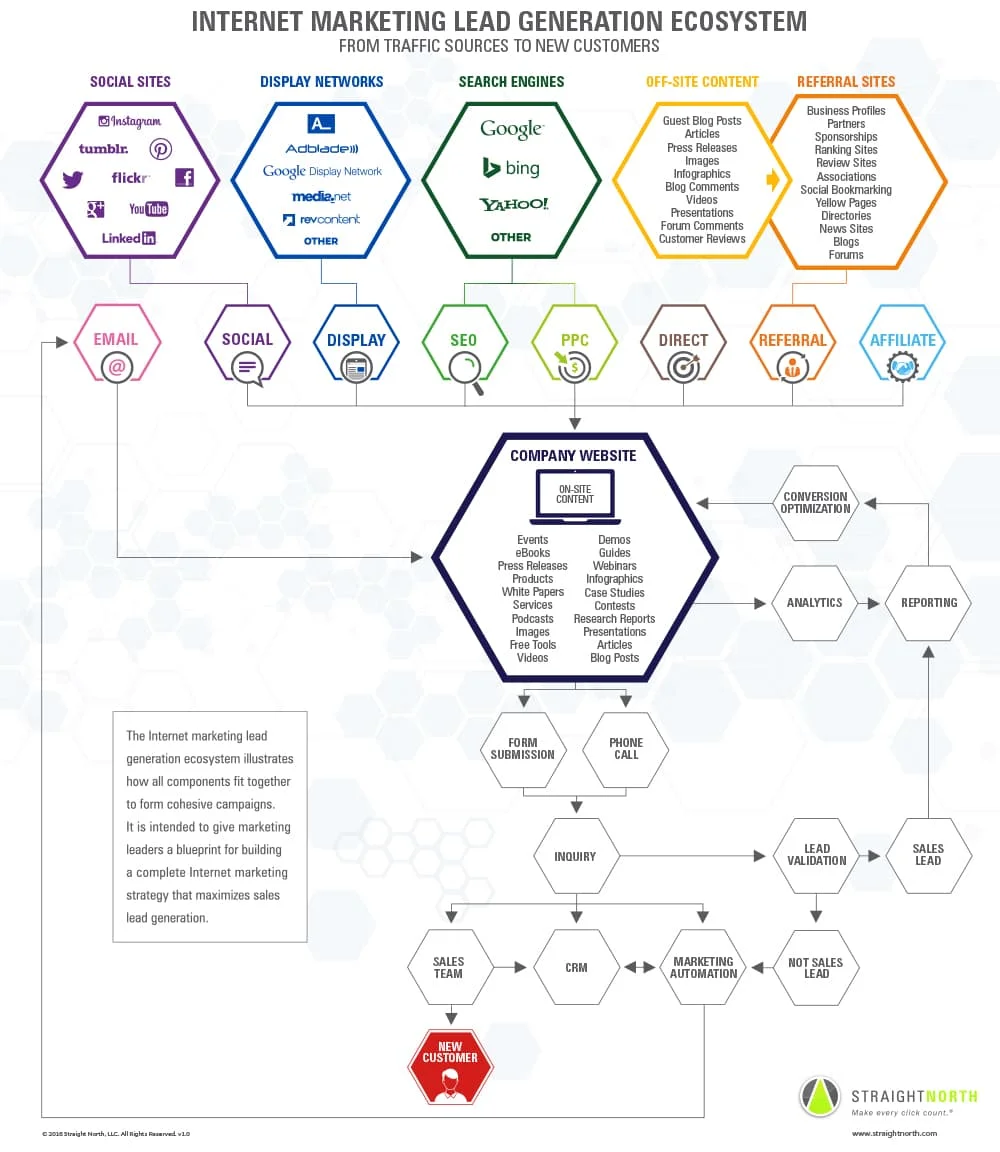


Recent Comments